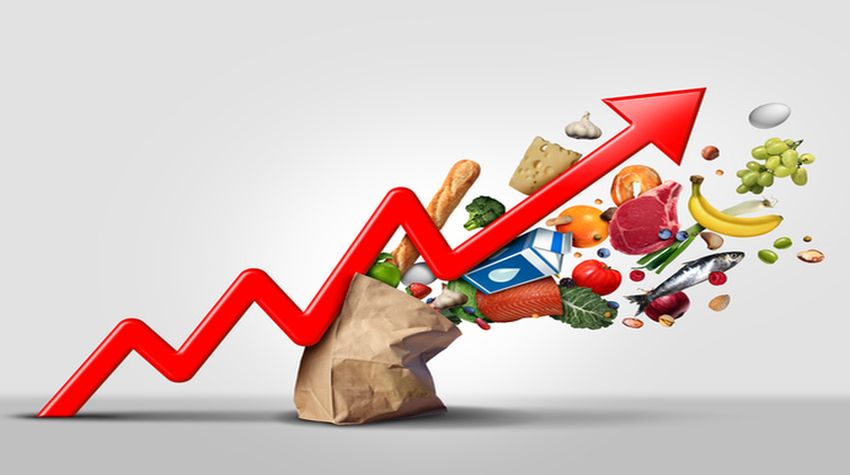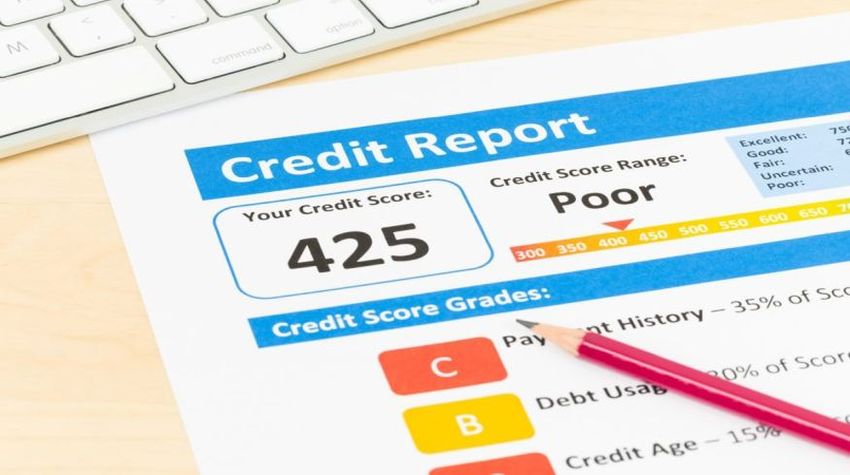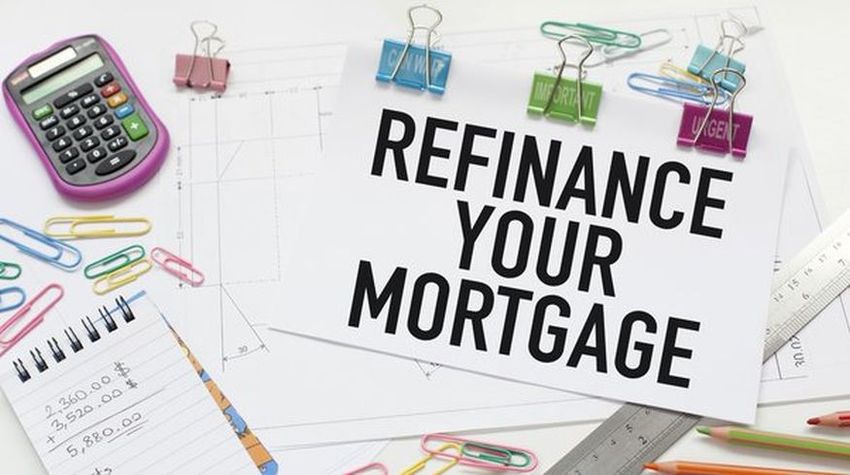As a trusted mortgage broker serving the vibrant city of Windsor, I understand the importance of helping prospective homebuyers determine their mortgage affordability. Buying a home is a significant financial commitment, and understanding how much of a mortgage payment you can afford is crucial for long-term financial stability. In this article, we will explore the rules of home affordability, discuss how your monthly payment is calculated, and shed light on other factors to consider when determining your affordable mortgage payment.
The Rules of Home Affordability: Before diving into mortgage calculations, it’s essential to understand the rules of home affordability that guide borrowers:
- Gross Debt Service (GDS) Ratio: The GDS ratio is the percentage of your gross monthly income that can be allocated toward housing costs. It includes mortgage payments, property taxes, heating expenses, and half of any condo fees (if applicable). Lenders typically prefer a GDS ratio of 35% or lower.
- Total Debt Service (TDS) Ratio: The TDS ratio encompasses all your debt obligations, including housing costs, credit card payments, car loans, and other loans. Lenders generally recommend a TDS ratio of 42% or lower to ensure you can manage your overall debt load.
- Mortgage Stress Test: Since 2018, borrowers in Canada must undergo a mortgage stress test. This test assesses your ability to manage your mortgage payments at a higher interest rate than the one you will actually receive. The minimum qualifying rate is the greater of the Bank of Canada’s five-year benchmark rate or the contract rate plus 2%.
Calculating Your Monthly Mortgage Payment: To calculate your affordable monthly mortgage payment, follow these steps:
- Assess Your Financial Situation: Begin by evaluating your income, including stable sources such as employment, self-employment, or investments. Take into account your monthly expenses, including debts and other financial obligations. This assessment provides a clear picture of your financial health.
- Determine Your GDS & TDS Ratios: Calculate your GDS and TDS ratios by dividing your monthly housing costs and total debt obligations, respectively, by your gross monthly income. Ensure that your GDS ratio remains at or below 35% and your TDS ratio at or below 42% to meet lender guidelines.
- Consider Your Down Payment: Determine the amount you can allocate for a down payment. In Canada, a minimum down payment of 5% is typically required, but a higher down payment can lead to lower monthly payments and potential cost savings over the long term.
- Factor in Interest Rates & Terms: Consider prevailing interest rates and loan terms. Your mortgage broker can provide you with up-to-date information on interest rates and assist you in selecting the most suitable loan term for your financial goals.
- Include Additional Costs: When determining your affordable mortgage payment, consider other expenses related to homeownership. These may include property taxes, home insurance, maintenance costs, and potential condo or strata fees. These additional costs will affect your overall affordability.
Other Considerations for Mortgage Affordability: While calculating your monthly mortgage payment is a crucial step, it’s essential to consider the broader financial context. Here are a few key factors to keep in mind:
- Emergency Fund: Building and maintaining an emergency fund is vital. Unexpected expenses can arise, and having a financial cushion will provide peace of mind and ensure you can comfortably manage your mortgage payment even during challenging times.
- Future Goals & Lifestyle: Consider your long-term goals and lifestyle when determining your mortgage payment. Assess how homeownership fits into your plans, such as career growth, starting a family, or other major life events. Balancing your mortgage payment with other financial aspirations is crucial.
- Homeownership Costs: Remember that homeownership comes with additional costs beyond the monthly mortgage payment. These may include utilities, home maintenance, renovations, and potential increases in property taxes. Evaluating these costs will help you estimate the overall financial responsibility of owning a home.
- Seek Professional Guidance: As a Mortgage Broker, I strongly advise seeking professional guidance throughout the homebuying process. A knowledgeable mortgage professional can help you navigate the intricacies of mortgage affordability, assist with pre-approval, and provide personalized advice tailored to your specific circumstances.
Determining how much of a mortgage payment you can afford is a vital step in achieving your homeownership dreams. By adhering to the rules of home affordability, calculating your GDS and TDS ratios, and considering your down payment, interest rates, loan terms, and additional homeownership costs, you can establish an affordable monthly mortgage payment. Additionally, evaluating factors like emergency funds, future goals, and homeownership expenses will contribute to a well-rounded financial plan. As an experienced Mortgage Broker, I am here to provide expert guidance and support throughout your homebuying journey, ensuring you make informed decisions for a bright and financially secure future.









